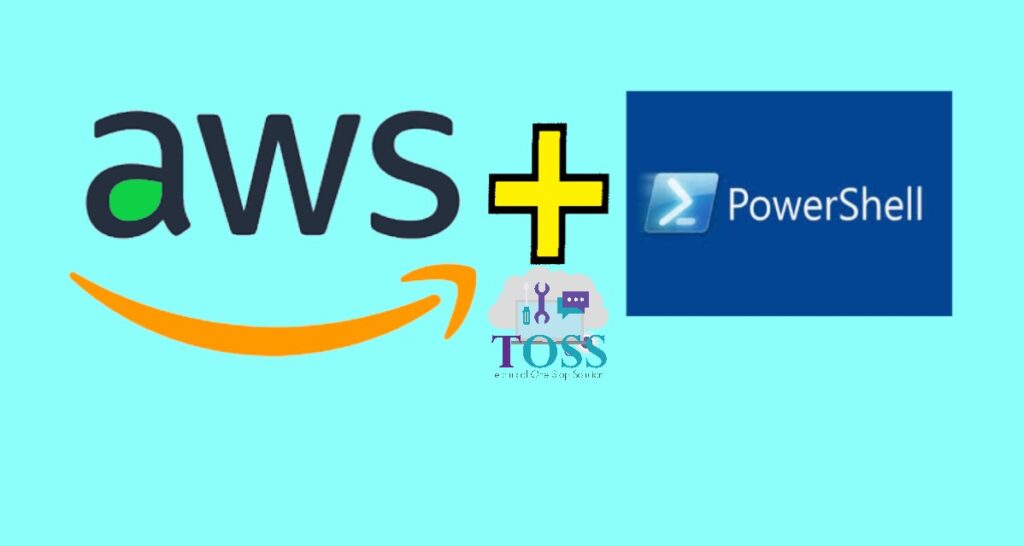Amazon Elastic File System (Amazon EFS) provides a simple, scalable, fully managed elastic NFS file system for use with AWS Cloud services and on-premises resources. It is built to scale on demand to petabytes without disrupting applications, growing and shrinking automatically as you add and remove files, eliminating the need to provision and manage capacity to accommodate growth.
Amazon EFS offers two storage classes: the Standard storage class, and the Infrequent Access storage class (EFS IA). EFS IA provides price/performance that’s cost-optimized for files not accessed every day. By simply enabling EFS Lifecycle Management on your file system, files not accessed according to the lifecycle policy you choose will be automatically and transparently moved into EFS IA. The EFS IA storage class costs only $0.025/GB-month*.
While workload patterns vary, customers typically find that 80% of files are infrequently accessed (and suitable for EFS IA), and 20% are actively used (suitable for EFS Standard), resulting in an effective storage cost as low as $0.08/GB-month*. Amazon EFS transparently serves files from both storage classes in a common file system namespace.
Amazon EFS is designed to provide massively parallel shared access to thousands of Amazon EC2 instances, enabling your applications to achieve high levels of aggregate throughput and IOPS with consistent low latencies.
Amazon EFS is well suited to support a broad spectrum of use cases from home directories to business-critical applications. Customers can use EFS to lift-and-shift existing enterprise applications to the AWS Cloud. Other use cases include: big data analytics, web serving and content management, application development and testing, media and entertainment workflows, database backups, and container storage.
Amazon EFS is a regional service storing data within and across multiple Availability Zones (AZs) for high availability and durability. Amazon EC2 instances can access your file system across AZs, regions, and VPCs, while on-premises servers can access using AWS Direct Connect or AWS VPN.
Below are the cmdlets which are available with Amazon Elastic File System
| CmdletName | ServiceOperation |
| Add-EFSResourceTag | TagResource |
| Edit-EFSMountTargetSecurityGroup | ModifyMountTargetSecurityGroups |
| Get-EFSAccessPoint | DescribeAccessPoints |
| Get-EFSFileSystem | DescribeFileSystems |
| Get-EFSFileSystemPolicy | DescribeFileSystemPolicy |
| Get-EFSLifecycleConfiguration | DescribeLifecycleConfiguration |
| Get-EFSMountTarget | DescribeMountTargets |
| Get-EFSMountTargetSecurityGroup | DescribeMountTargetSecurityGroups |
| Get-EFSResourceTag | ListTagsForResource |
| Get-EFSTag | DescribeTags |
| New-EFSAccessPoint | CreateAccessPoint |
| New-EFSFileSystem | CreateFileSystem |
| New-EFSMountTarget | CreateMountTarget |
| New-EFSTag | CreateTags |
| Remove-EFSAccessPoint | DeleteAccessPoint |
| Remove-EFSFileSystem | DeleteFileSystem |
| Remove-EFSFileSystemPolicy | DeleteFileSystemPolicy |
| Remove-EFSMountTarget | DeleteMountTarget |
| Remove-EFSResourceTag | UntagResource |
| Remove-EFSTag | DeleteTags |
| Update-EFSFileSystem | UpdateFileSystem |
| Write-EFSFileSystemPolicy | PutFileSystemPolicy |
| Write-EFSLifecycleConfiguration | PutLifecycleConfiguration |
You can also check other AWS Services, and each services cmdlets we are providing.

